The line between wildlife rescue and private zoo ownership has become increasingly blurred in recent years. With social media showcasing exotic animal “sanctuaries” and the popularity of shows like Tiger King, more people are exposed to facilities claiming to rescue wildlife while actually operating as entertainment venues. This growing phenomenon raises important ethical questions about the true purpose of these facilities and the welfare of the animals in their care. As conservation challenges mount globally, understanding the distinction between legitimate wildlife rehabilitation and exploitative private collections has never been more crucial for both animal welfare and conservation efforts.
The Fundamental Difference Between Rescue and Exhibition
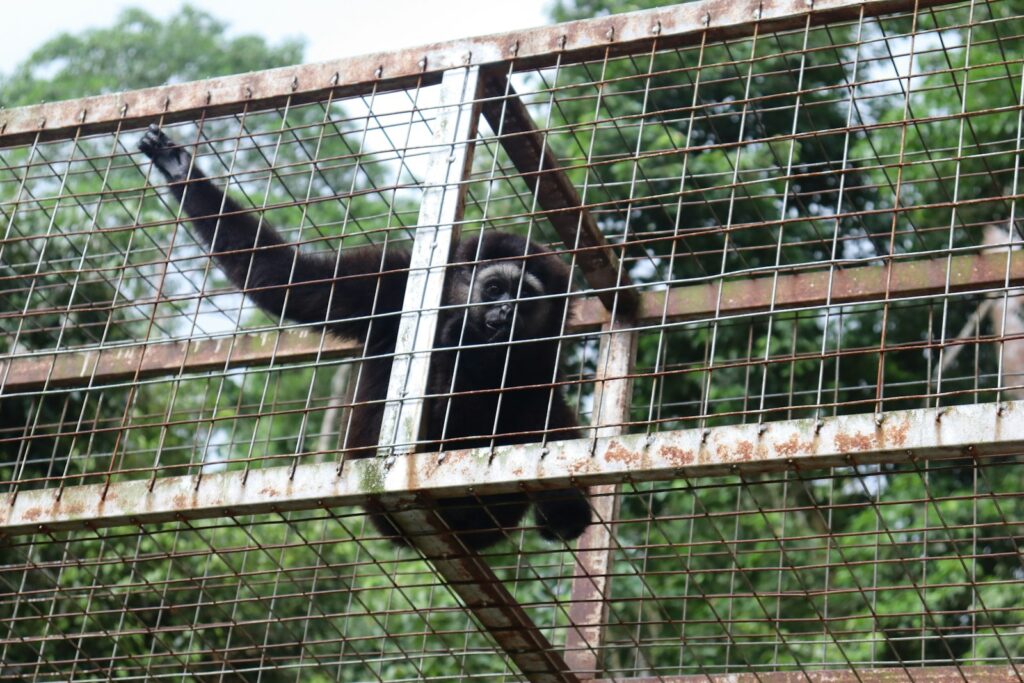
At their core, wildlife rescues and private zoos operate with distinctly different missions. Legitimate wildlife rescues exist primarily to rehabilitate injured, orphaned, or confiscated animals with the ultimate goal of releasing them back to their natural habitats whenever possible. These facilities prioritize the animals’ natural behaviors and recovery needs above human interests. Conversely, private zoos primarily serve to display animals for human entertainment and financial gain, with the animals’ welfare sometimes becoming secondary to visitor experience. This fundamental difference in purpose manifests in everything from facility design to daily care protocols and should be the first consideration when evaluating any wildlife facility.
Accreditation: The Gold Standard of Legitimacy
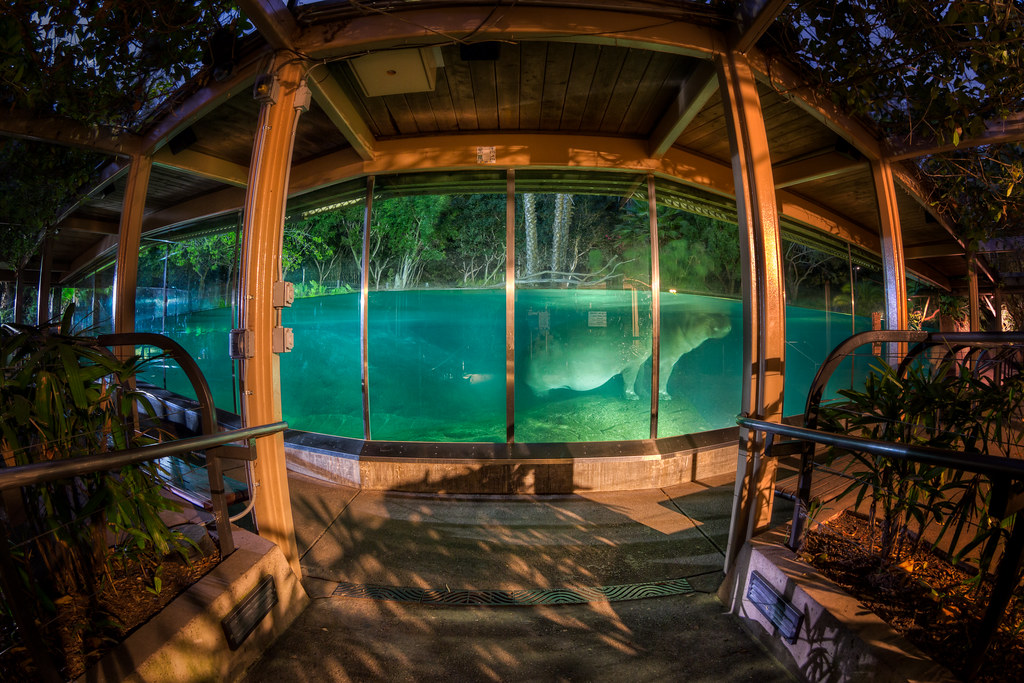
One of the clearest indicators distinguishing reputable wildlife facilities from questionable operations is proper accreditation. Organizations such as the Association of Zoos and Aquariums (AZA), the Global Federation of Animal Sanctuaries (GFAS), and the American Sanctuary Association establish rigorous standards for animal care, conservation efforts, education, and facility management. Accredited facilities undergo regular inspections and must demonstrate ongoing compliance with evolving best practices in animal welfare. Facilities lacking these credentials may still call themselves “rescues” or “sanctuaries,” but without the oversight of established accrediting bodies, there’s no guarantee they meet even minimal welfare standards. When researching a facility, checking its accreditation status provides an important first glimpse into its legitimacy.
Breeding Policies Reveal True Intentions
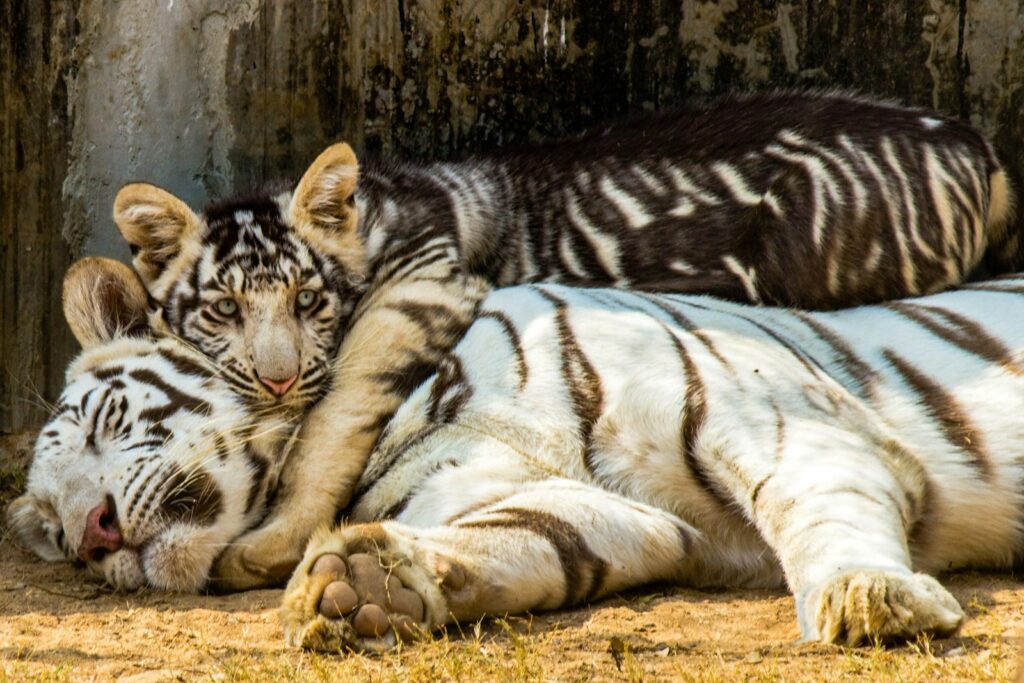
The breeding policies at a facility often serve as a telltale sign of its true purpose. Authentic wildlife rescues typically maintain strict no-breeding policies, recognizing that producing more captive animals contradicts conservation goals and diverts resources from animals truly in need. When rescues do allow breeding, it’s generally part of legitimate, scientifically managed conservation programs for endangered species, with release protocols in place. Private zoos and pseudo-sanctuaries, however, often encourage breeding to produce crowd-pleasing baby animals that drive ticket sales and photo opportunities. The continuous breeding of animals with no conservation value or release potential, particularly hybrids like ligers or white tigers, signals that entertainment and profit—not rescue or conservation—are the primary motivations.
How Animals Are Acquired Speaks Volumes
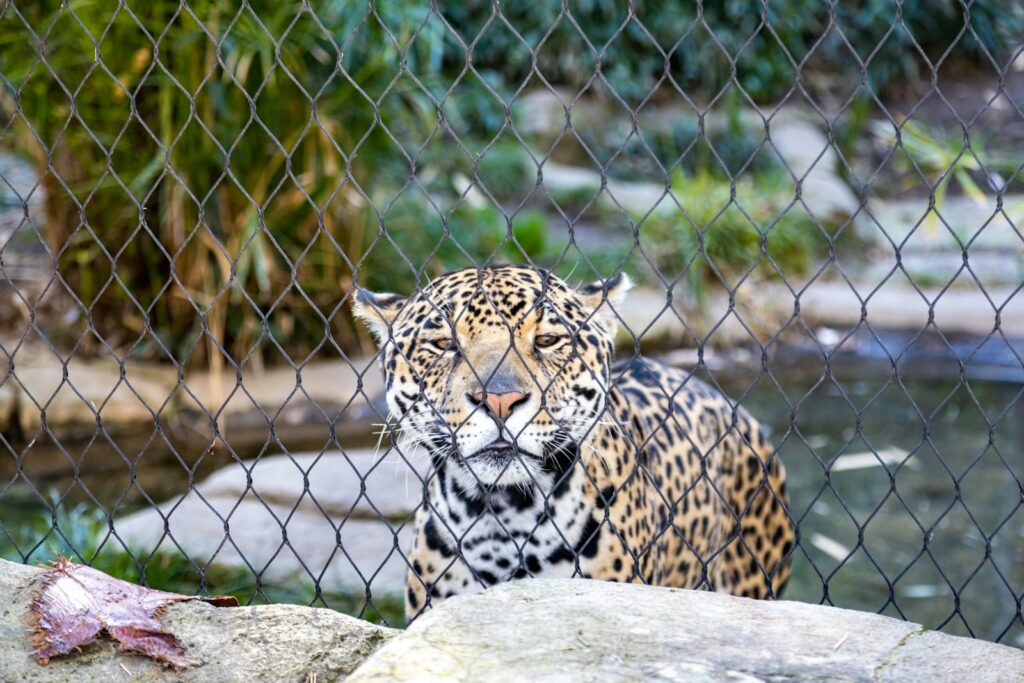
The methods by which facilities acquire their animals reveal much about their ethics and priorities. Legitimate rescues typically receive animals from wildlife authorities, other certified sanctuaries, or as confiscations from illegal ownership situations. They maintain detailed documentation about each animal’s origin and make acquisition decisions based on the facility’s capacity to provide appropriate lifelong care. Conversely, problematic facilities may purchase animals from breeders, participate in the exotic animal trade, or even capture animals from the wild under the guise of “rescue.” Some disreputable operations engage in animal “flipping”—temporarily housing animals before selling them to collectors. A transparent acquisition policy with ethical standards is a hallmark of legitimate wildlife rescue operations.
Habitats: Natural Design vs. Viewer Convenience

The design and setup of animal enclosures offer clear insights into a facility’s priorities. True wildlife rescues create habitats that prioritize the animals’ natural behaviors and psychological needs, often featuring appropriate hiding places, natural substrate, environmental enrichment, and sufficient space to move naturally. These habitats may not always offer the best viewing opportunities for visitors, as the animals’ welfare takes precedence over visibility. In contrast, facilities focused on exhibition tend to design enclosures that maximize visitor viewing experiences, sometimes at the expense of animal comfort and natural behavior. Concrete floors, barren enclosures, and lack of appropriate shelter or environmental complexity are red flags that suggest the facility prioritizes human experience over animal welfare.
The Problem with Public Interaction

Animal-human interaction policies represent one of the most significant differentiators between authentic rescues and entertainment-focused operations. Legitimate wildlife rescues strictly limit human contact with animals to necessary medical care and husbandry, recognizing that wild animals aren’t domesticated pets and that human interaction can cause stress and behavioral problems. These facilities never offer cub petting, swimming with dolphins, or similar interactive experiences regardless of their popularity or profit potential. Operations that promote close contact experiences like selfies with tigers, feeding sessions with predators, or handling of exotic species are prioritizing entertainment over animal welfare and safety. These interactions not only stress the animals but also perpetuate harmful messages about wild animals being appropriate pets or entertainment props.
Mission and Messaging: Education vs. Entertainment

The educational approach of a wildlife facility reveals much about its core values and purpose. Genuine wildlife rescues focus their educational messaging on the challenges facing wildlife, conservation issues, and the importance of preserving natural habitats. They often explain why the specific animals in their care cannot be released and use their residents’ stories to illustrate broader environmental issues. These facilities discourage exotic pet ownership and emphasize respect for wildlife. By contrast, facilities primarily concerned with entertainment may promote misleading messages about their conservation impact, anthropomorphize their animals, or glamorize exotic animal ownership. Their educational content often focuses more on entertaining facts than meaningful conservation lessons, and visitor experiences emphasize entertainment value over learning opportunities.
Financial Transparency and Resource Allocation

How a facility manages and allocates its resources provides critical insight into its true priorities. Legitimate wildlife rescues maintain financial transparency through annual reports, clear fundraising goals, and specific accounting of how donations are used to support animal care. These organizations typically dedicate the vast majority of their funding directly to animal welfare, habitat maintenance, and veterinary care. Private zoos masquerading as rescues often lack this transparency, with unclear allocation of funds and significant resources directed toward expansion, acquiring more animals, or creating more entertainment features rather than improving conditions for existing residents. Some problematic facilities may continuously fundraise for basic necessities while simultaneously acquiring new animals, suggesting mismanagement of resources or misleading fundraising practices.
Conservation Contributions: Meaningful Impact vs. Token Efforts

The authentic conservation work conducted by a facility provides another key distinction between legitimate and questionable operations. True wildlife conservation organizations contribute meaningfully to conservation efforts through scientific research, habitat preservation initiatives, public policy advocacy, or in-situ conservation programs. They often partner with universities, government agencies, or international conservation organizations on specific, measurable projects. Facilities that merely claim “conservation” status without substantial evidence of such work may be using conservation language as a marketing tool. Token donations to conservation causes while maintaining practices that actually harm conservation efforts (like breeding non-releasable hybrids) demonstrate a performative rather than genuine commitment to wildlife preservation.
Staff Qualifications and Professional Standards

The qualifications and expertise of a facility’s staff offer valuable indicators of its legitimacy and quality of care. Reputable wildlife rescues employ or regularly consult with trained veterinarians specializing in wildlife medicine, zoologists, and animal care professionals with species-specific expertise. These facilities invest in ongoing professional development, follow evidence-based care protocols, and participate in relevant professional networks and conferences. In contrast, problematic facilities may rely heavily on untrained volunteers, lack specialized veterinary support, or prioritize staff who are photogenic or entertaining over those with relevant qualifications. When staff members lack appropriate training and expertise, both animal welfare and human safety may be compromised, regardless of how well-intentioned the individuals might be.
The Role of Governmental Oversight and Regulations

The regulatory landscape surrounding wildlife facilities varies dramatically by country and region, creating challenges for consistent oversight. In the United States, the USDA’s Animal and Plant Health Inspection Service (APHIS) provides basic licensing for exhibiting animals, but these minimum standards fall far short of ensuring high welfare standards or legitimate rescue operations. Many states have inconsistent or insufficient exotic animal ownership laws, creating regulatory gaps that allow problematic facilities to operate legally. This patchwork of regulations means that legal compliance alone doesn’t guarantee ethical operations. The limitations of governmental oversight make industry accreditation, public education, and transparency even more crucial for distinguishing legitimate rescues from exploitative collections.
The Visitor’s Responsibility: Ethical Tourism Choices
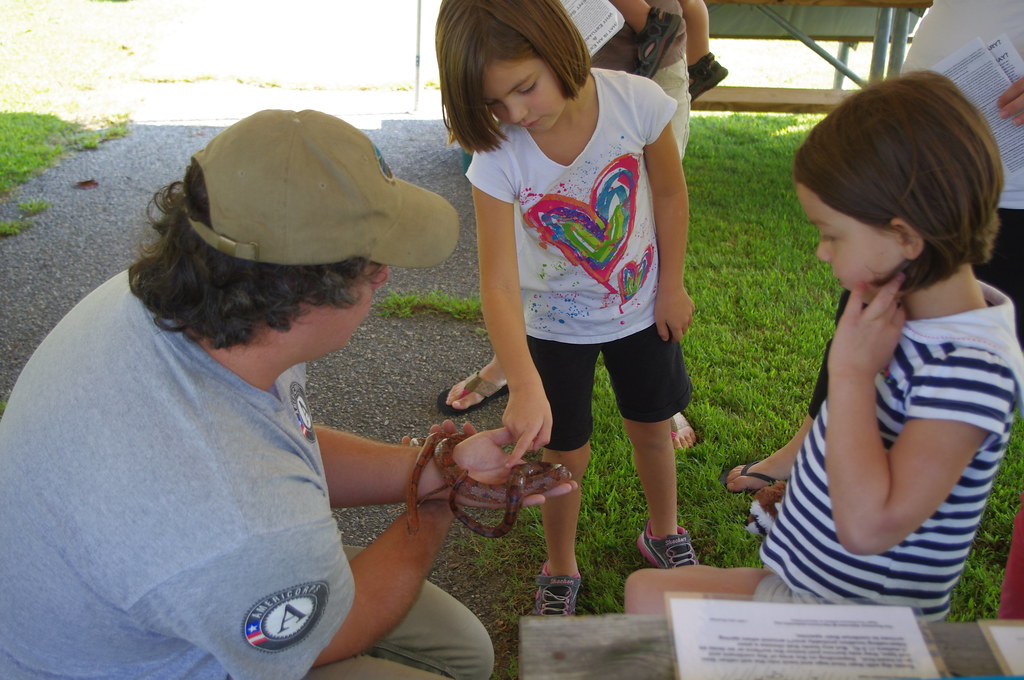
Visitors and supporters hold significant power in shaping the future of wildlife facilities through their choices and advocacy. Before visiting or donating to any wildlife facility, responsible individuals should research its accreditation status, breeding policies, and reputation among conservation professionals. Legitimate facilities welcome questions about their animals’ origins, care protocols, and long-term plans. Ethical visitors should avoid venues offering interactions with wild animals, regardless of how appealing these experiences might seem. By choosing to support only facilities that prioritize animal welfare over entertainment, tourists can help shift the industry toward higher standards. Additionally, reporting concerns about animal welfare to relevant authorities and sharing information about ethical wildlife tourism can help create broader awareness about these important distinctions.
Creating a Sustainable Future for Wildlife Facilities

As public awareness about animal welfare grows, the wildlife facility landscape continues to evolve, presenting both challenges and opportunities. True sanctuaries and rescues face increasing demands as more captive wild animals need refuge from closing roadside zoos, private ownership situations, and entertainment industries. Supporting the expansion of legitimate, accredited rescues is crucial to meeting this need. Simultaneously, encouraging stronger regulations, standardized definitions of terms like “sanctuary” and “rescue,” and transparent evaluation systems can help the public make informed choices. The most sustainable path forward involves a transition away from keeping wildlife primarily for human entertainment toward a model where captive wildlife facilities exist primarily to support conservation, education, and the welfare of animals that cannot survive in the wild.
The distinction between wildlife rescue and private zoo isn’t merely semantic—it represents fundamentally different approaches to human relationships with wildlife. As we face unprecedented biodiversity challenges, supporting facilities that truly prioritize animal welfare and conservation becomes an ethical imperative. By understanding the key differences between legitimate rescues and exploitative exhibitions, the public can make informed choices that benefit both individual animals and broader conservation efforts. The most meaningful line between rescue and exhibition isn’t drawn by laws or labels but by a facility’s demonstrated commitment to putting the animals’ needs before human entertainment desires.







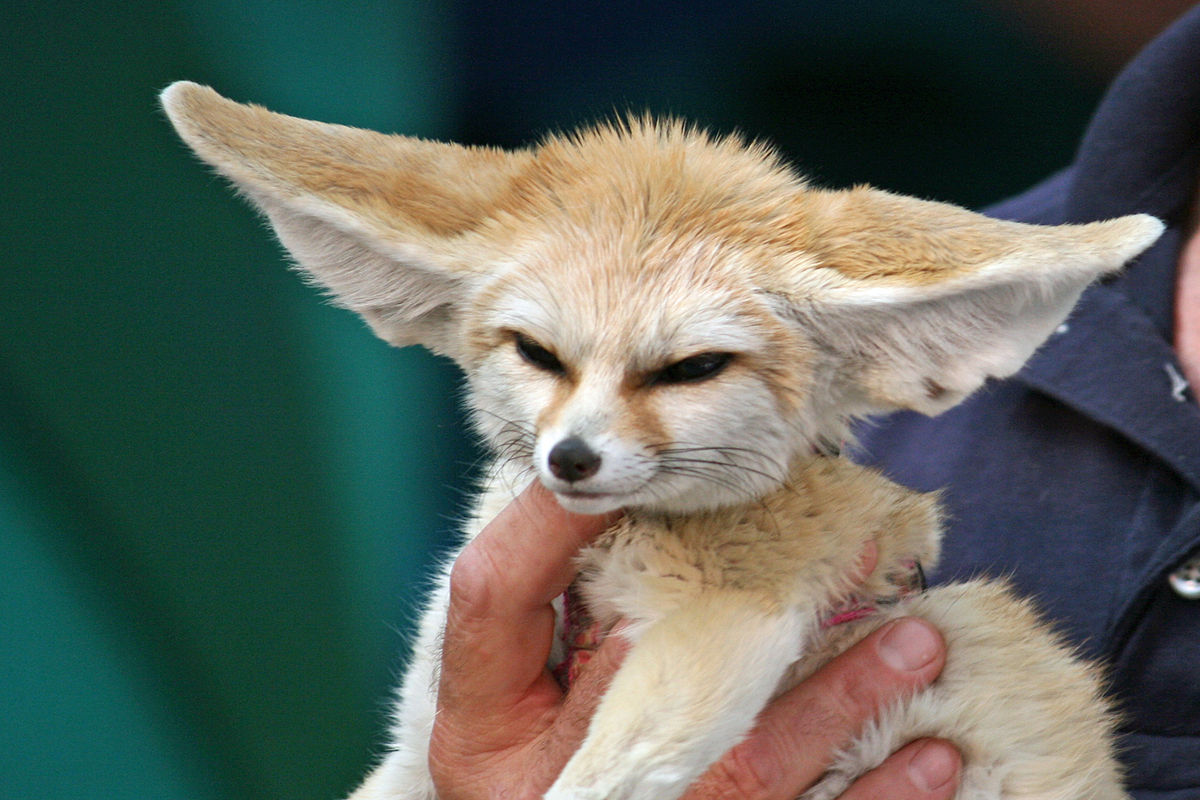








Leave a Reply